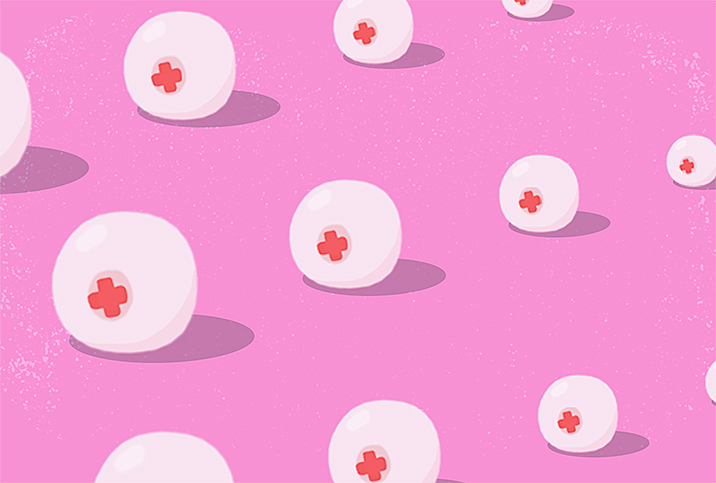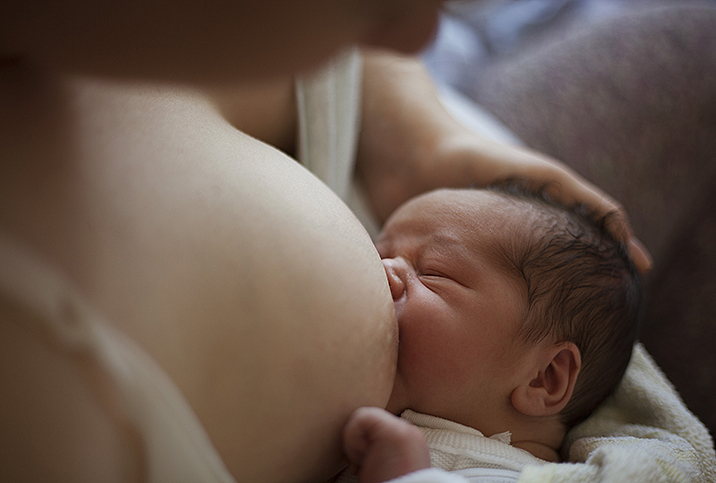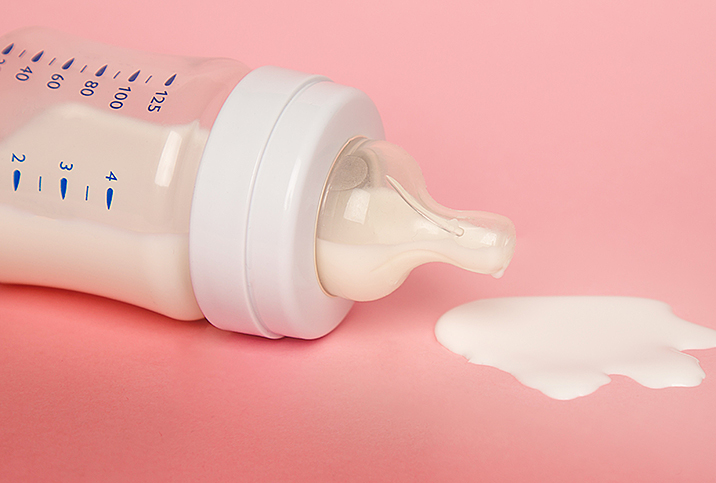Nipple Health During and After Breastfeeding

Breastfeeding is a wonderful way to feed and bond with your baby, but our nipples can become damaged as we meet the demands of our hungry bundle of joy.
Thankfully, there are some simple tips to keep your nipples healthy during and after breastfeeding to avoid serious infections and complications.
Impacts of breastfeeding on nipples
While breastfeeding has many physical benefits—like helping mothers recover quickly from childbirth—nipples tend to take quite a bit of abuse during the first few months as both baby and mother adjust to a feeding schedule and milk production.
Some of the most common impacts of breastfeeding are sore or cracked nipples, breast engorgement, and pain or tenderness from pumping or improper nipple latching. In more serious cases, engorgement can become mastitis, a painful infection caused by blocked milk ducts, which can impact your ability to feed your baby.
Understanding proper nipple care is a process that begins during pregnancy and is essential to preventing complications throughout your breastfeeding journey—for both your health and the health of your baby.
Radio and TV personality Jessica Hall gets candid about her life as a new mom, including learning how to control leaking during breastfeeding. Watch the full interview here.
Preparing to breastfeed
Once your baby is born, that's when the hard work begins. What happens during the first 72 hours after delivery can help reinforce breastfeeding for your baby or make breastfeeding more difficult. It's important that your nursing staff understands your breastfeeding plans.
As an example, if the nurses caring for your baby know your ultimate intention is to breastfeed, they may feed your baby sugar water from a bottle or give your baby a pacifier to hold them over until you are able to lactate. While this is well-intentioned, it is much easier for a baby to feed themselves with a synthetic nipple than a mother's nipple. As a result, your baby can then prefer being bottle-fed over breastfeeding, or have trouble switching from one to the other, an issue called nipple confusion.
While it's not guaranteed that your baby will refuse to breastfeed, it can happen, and that can be very discouraging for a first-time mother.
Before you begin feeding your baby, you'll also want to know how to make the process as successful as possible. This includes knowing what positions to hold your baby in while nursing, and how often to pump in order to encourage milk production while still giving your nipples enough rest.
Nipple health during and after breastfeeding
Once you begin breastfeeding, it's important to take care of your nipples before and after every feeding to ensure the delicate nipple tissue does not become cracked or sore. Breastfeeding can be a pleasant bonding experience for both mother and baby, but you should ensure that you take the following precautions to prevent complications.
If your baby has trouble latching on to the nipple, you may want to prepare by using a nipple guard that can help stimulate the nipples before feeding. These shields can also be used when you first start breastfeeding, so your baby can practice latching without hurting your nipples. For an additional tip, when your baby latches, it's important to also include part of the areola (the darker skin surrounding the nipple). This will ensure that your baby is securely latched without straining the nipple.
Use warm water and let your skin air-dry, as using a towel to dry the area may irritate your skin, especially if you're prone to sensitivity.
After each feeding, it's important to practice preventive nipple care. You may want to clean and moisturize your nipples to prevent cracking. This is where many mothers make the mistake of using cleansers. Certain cleansers can actually dry out your skin and increase the chances of cracking. Instead, use warm water and let your skin air-dry, as using a towel to dry the area may irritate your skin, especially if you're prone to sensitivity.
If you feel like you need to moisturize, you can actually use your own breast milk for this purpose. A few drops on and around the nipple will moisturize and prevent cracking. The smell of breastmilk on your nipples will also encourage the baby's latching.
If you decide to use lotion, use a fragrance-free moisturizer specifically for breastfeeding. In addition, try using hydrogel pads to keep your skin moist and help prevent cracked skin.
Educate yourself on lactation
The most important advice for breastfeeding mothers is to ask for help. Breastfeeding can be difficult, especially the first time around, and new mothers, unfortunately, have to deal with the shaming and societal expectations that go along with motherhood all while being exhausted and sleep-deprived.
Don't be embarrassed if breastfeeding doesn't come naturally to you and your baby. Seek the help of a licensed lactation consultant who will help you and your baby overcome any obstacles without judgment, so you can enjoy all the benefits of natural baby care without the headaches.

















